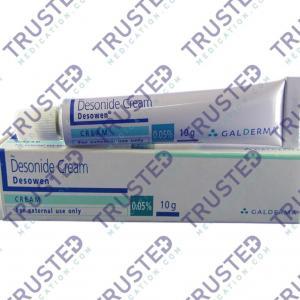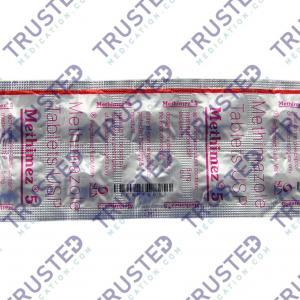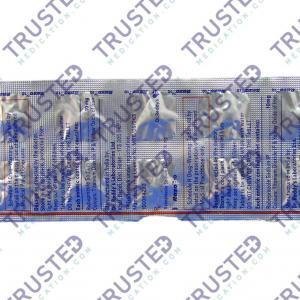
Bronchiolitis is a viral infection that affects the tiny airways of a child’s lung. It produces wheezing, coughing, and a mild temperature. It is especially prevalent during the winter months. If your kid is having difficulty breathing, contact their healthcare professional or emergency services.
What is Bronchiolitis?
Bronchiolitis is a common lung infection. It primarily affects children younger than 2 years old. It is caused by a viral infection that inflames and narrows the small airways (bronchioles) in the lungs, making breathing difficult.
The illness occurs only during certain seasons. It’s more likely to happen in the winter or early spring.
It is not often serious, although it can be. If your child becomes infected, monitor their breathing and contact a doctor if they have difficulty breathing.
Causes of Bronchiolitis
Bronchiolitis is caused by a viral infection, most commonly respiratory syncytial virus (RSV). Other viruses that can cause this infection include:
- influenza (flu)
- parainfluenza
- Metapneumovirus
- adenovirus
- SARS-COV-2
The viruses that cause bronchiolitis are highly contagious and spread through respiratory droplets from someone’s mouth or nose.
Symptoms of Bronchiolitis
The early symptoms of this condition resemble those of a common cold, including:
- a runny nose
- cough
- mild fever
- fatigue
As the infection progresses, the cough may become more severe, and your child may experience:
- wheezing
- rapid breathing
- difficulty breathing
Other symptoms may include:
- Retractions
- Nasal flaring (widening of the nostrils when breathing)
- Grunting noises when they breathe
How is bronchiolitis treated?
The treatment option focuses on symptom reduction, including:
- Antipyretic (fever-reducing) medicines.
- Antiviral drugs (such as oseltamivir for influenza).
Bronchiolitis does not necessarily require treatment, so consult your child’s doctor if they experience symptoms. Antibiotics will not help because they are inefficient against viral infections.
If your child is having difficulty breathing, they may need to be admitted to the hospital. Your child may require oxygen therapy to improve oxygen levels in the blood.
Bronchiolitis Prevention
The viruses that cause this condition are highly contagious, and prevention measures include:
- Frequent hand washing: Wash your hands frequently, especially before touching your child.
- Avoid close contact with sick individuals: Avoid close contact with people who have a cold or flu.
- Keep surfaces clean: Regularly clean surfaces that are frequently touched.
- Avoid secondhand smoke: Exposure to secondhand smoke increases the risk of bronchiolitis.
Risk Factors for Bronchiolitis
The following factors increase the risk of this condition:
- Infants and young children are at the highest risk of bronchiolitis.
- Premature infants are at higher risk of bronchiolitis.
- Infants with chronic lung disease are at higher risk of bronchiolitis.
- Infants with heart disease are at higher risk of bronchiolitis.
- Infants with weakened immune systems are at higher risk of bronchiolitis.
- Exposure to tobacco smoke increases the risk of bronchiolitis.
When to See a Doctor
Contact your doctor if your child has any of the following symptoms:
- Difficulty breathing
- Rapid breathing
- Retractions (skin pulling in around the ribs and neck when breathing)
- Wheezing
- Nasal flaring
- Cyanosis
Bronchiolitis, common in infants, often stems from viruses like RSV. While home care is adequate in most cases, seek medical attention if symptoms worsen or respiratory distress develops. Preventive measures, such as proper handwashing and avoiding sick people, reduce the risk of this condition.








